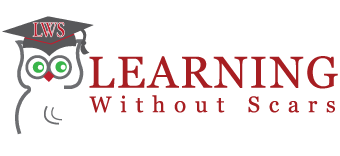Everyone knows about the repair and rebuild business. That is where the excitement is for technical people. In the product support business, we have two major goals: reduce the owning and operating costs for the machine owner, and protect the residual value of the machine. The first step to understanding how to reduce owning and operating costs is to understand the importance of the maintenance service recommended by the OEM. Most customers view maintenance as the necessary evil of changing fluids and filters. There is much more to it than that. How to develop a maintenance program to reduce those operating costs is the theme in this program.
There is a fundamental conflict that has to be dealt with in the labor management group. Maintenance is boring, anyone can do it. In fact the OEM dealer has less than 6.5% of the maintenance market. Nearly 90% of the maintenance is done by a customer mechanic. Yet survey data indicates that nearly 90% of the customers would give the maintenance business to the dealership if their price was less than what the customer currently pays.
This program will discuss the methods and processes to follow in order to be able to meet that price and performance need.
